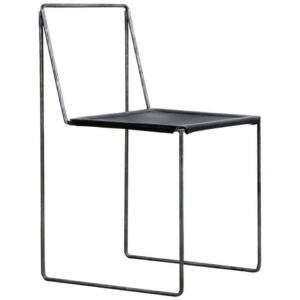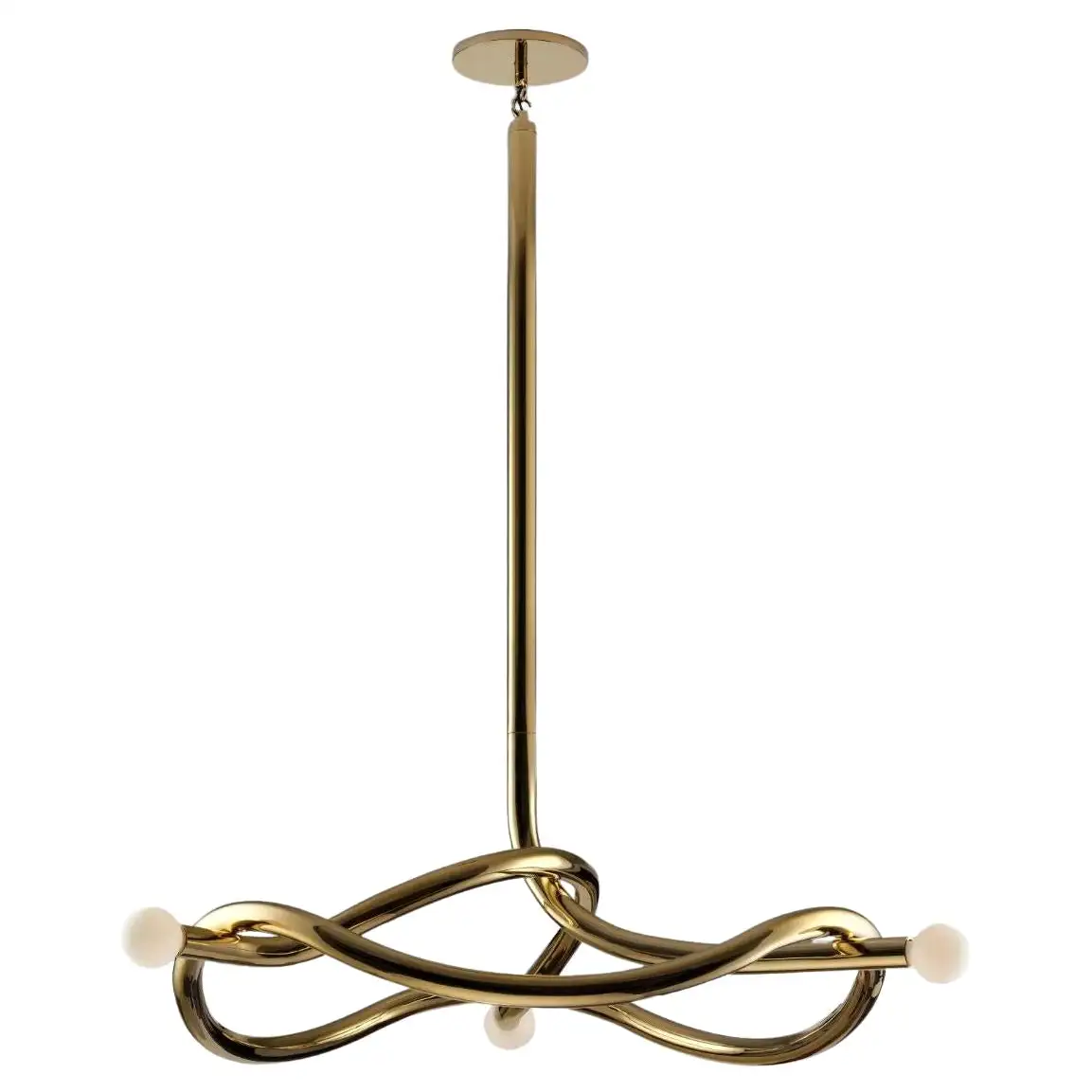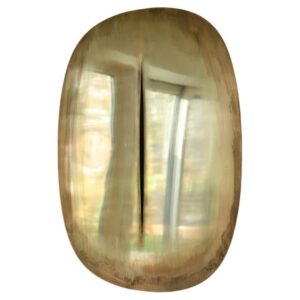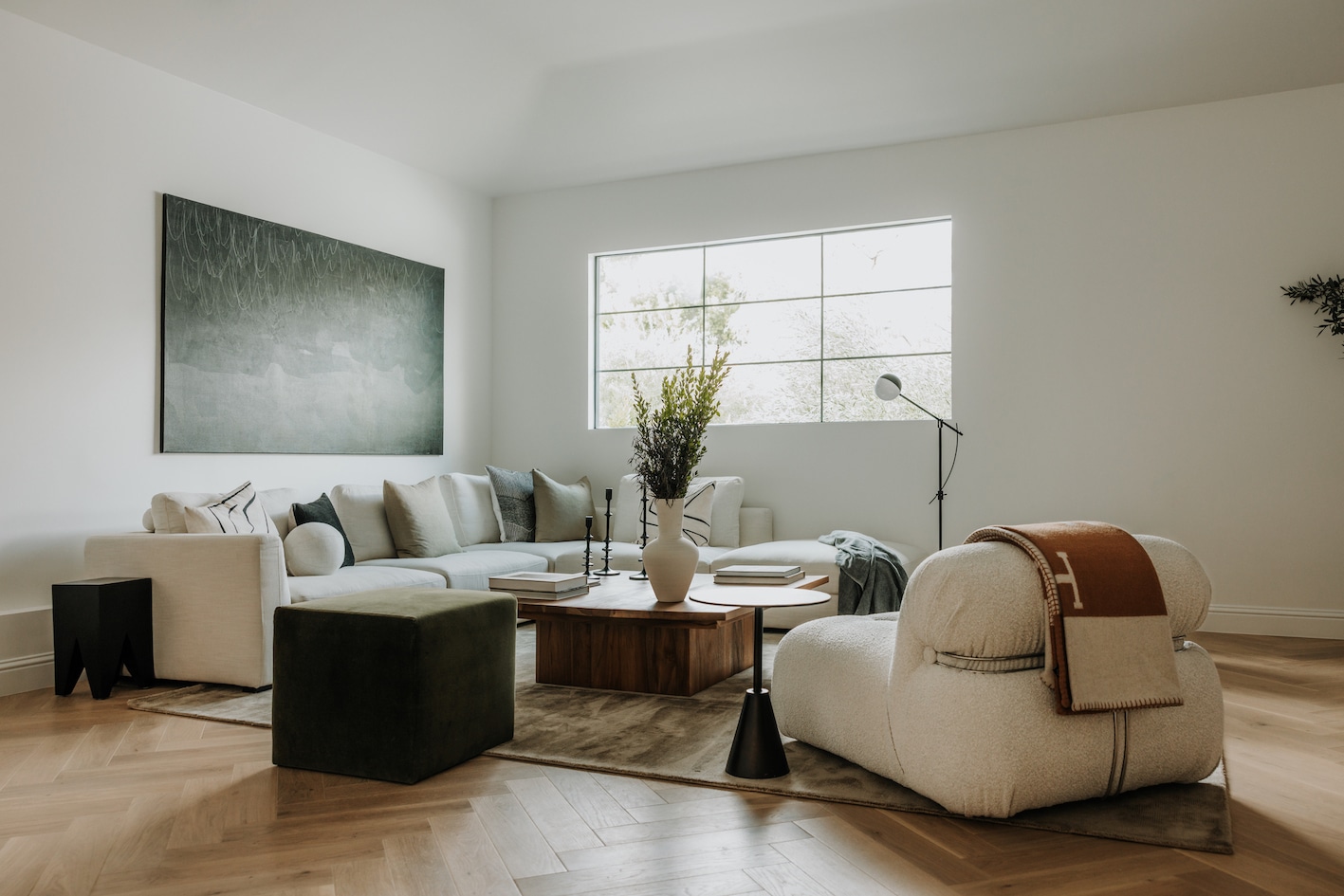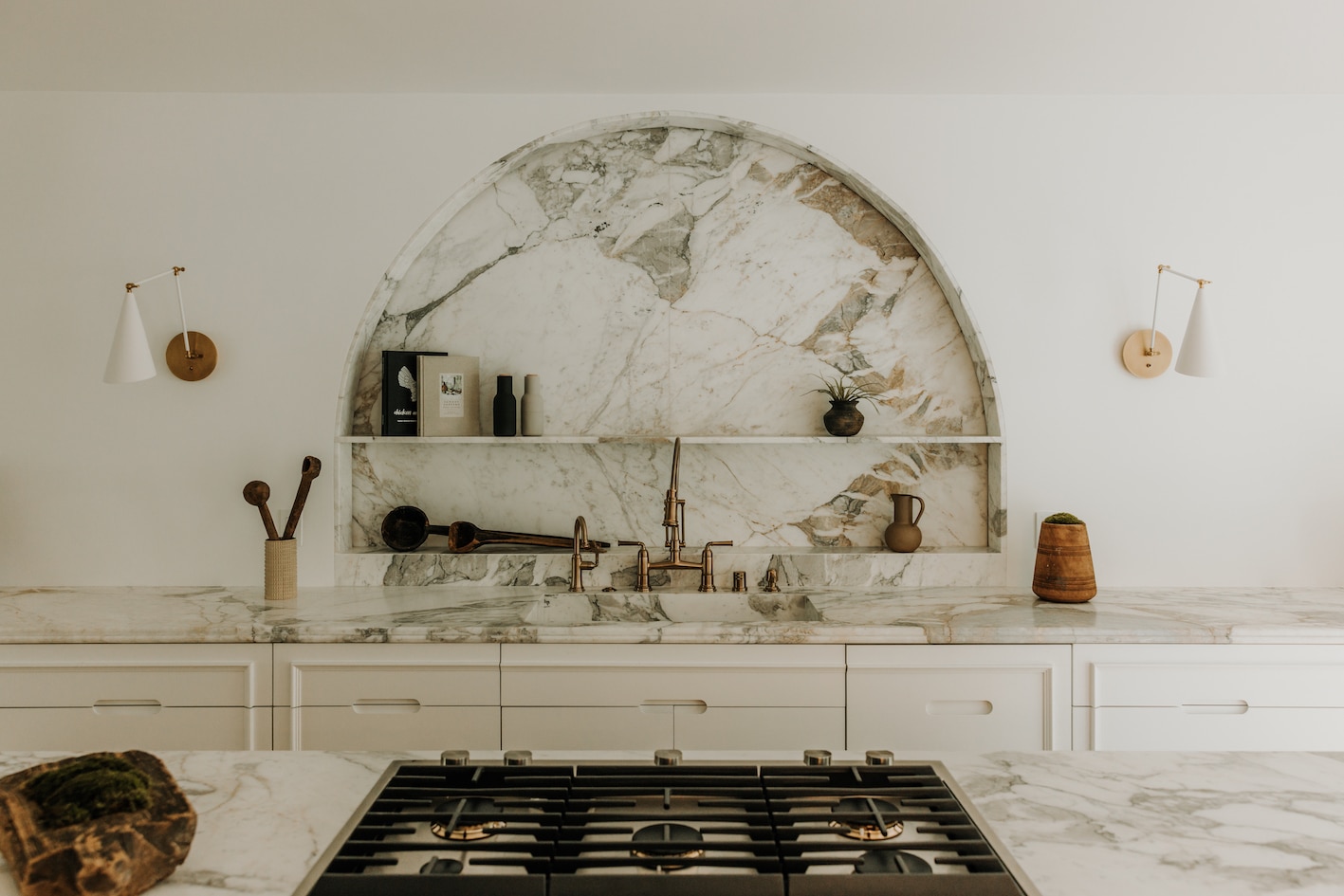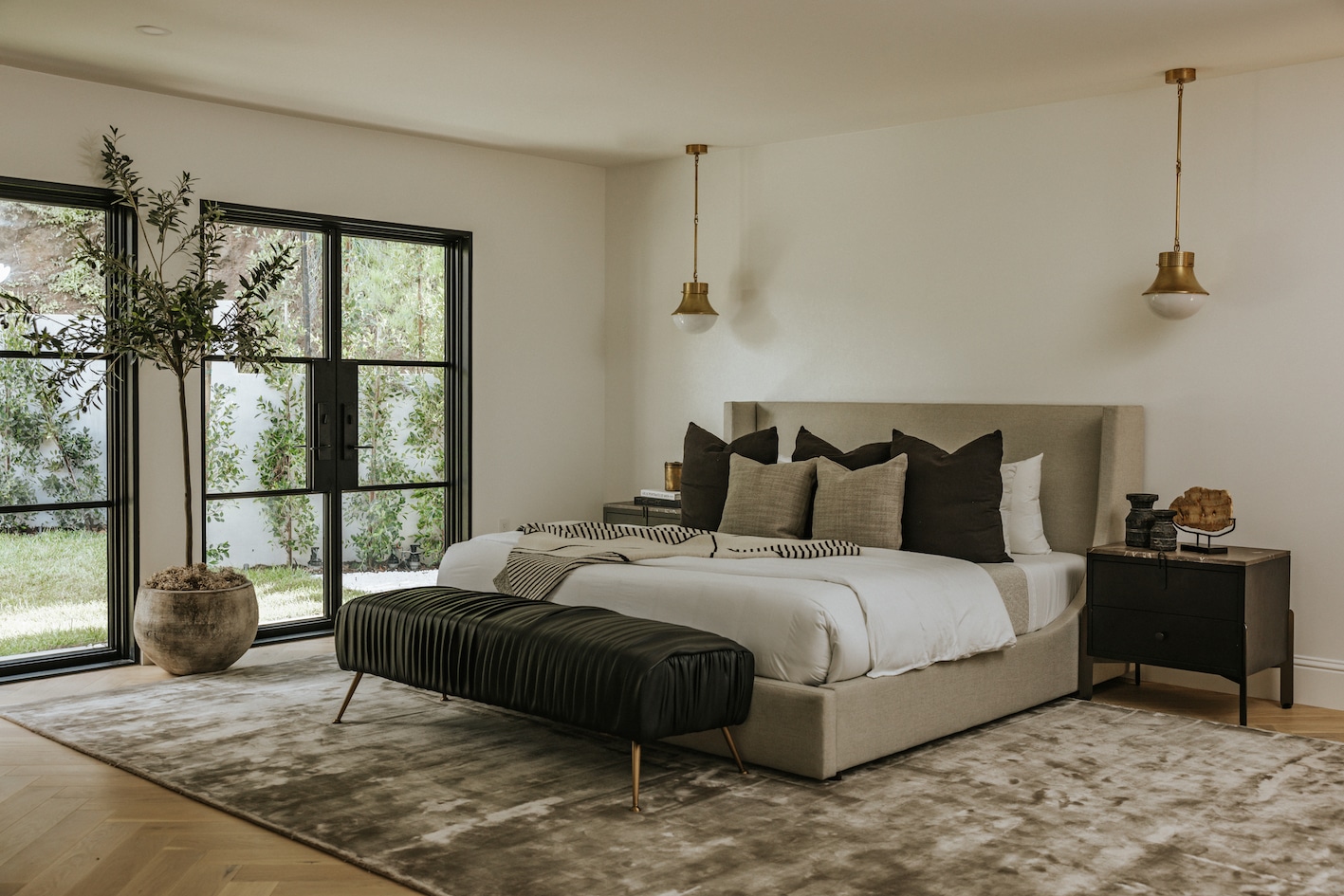
Nina Takesh

Nina Takesh is the founder, CEO and creative force behind three successful businesses: Petit Tresor, a luxury baby brand store where Gwen Stefani, Jennifer Lopez and Madonna regularly shopped; a home-flipping business for which she has remodeled and designed countless houses; and a residential and commercial interior design firm, Nina Takesh, where she creates unique interiors for clients across the world. Nina, who has an MBA from Pepperdine University and worked for the French fashion house Guy Laroche. Nina continues to push the boundaries of design and architecture by incorporating the newest materials and custom bespoke furnishings in her work. She has clients all over the world and has amassed a social media following between Instagram, TikTok, and YouTube of nearly 1,000,000 followers.
Born in Tehran, Nina moved to Beverly Hills with her parents and sister when she was six years old. Her grandfather, one of the ten most prominent industrialists of Iran, was also a member of the parliament of the Shah’s regime. Her father, a renowned architect, had a significant influence on Nina’s design sense and passion for the arts. Growing up, Nina continued her schooling in French at the prestigious school Le Lycee Francais and spent her summers in the south of France and Switzerland at her family homes and Swiss boarding schools. Throughout her global experiences, Nina was always cognizant of the architecture and design that surrounded her. She took note of the famous Palais Bulles, the home of couturier and art patron, Pierre Cardin, and designed by architect Antti Lovag, located near her French family home in the city of Port La Galere.
1. Could you tell us how your journey into interior design started?
My journey into interior design was influenced by my upbringing between Tehran and Beverly Hills, where I was exposed to diverse architectural and artistic influences. My father, an architect, and my artistic grandfather played significant roles in shaping my appreciation for design. After exploring the fashion industry in Paris and running a children’s boutique in Los Angeles where I designed nurseries for celebrities, I rediscovered my passion for interiors. The pivotal moment came when I designed and built my own 6,000 square foot home, which challenged me creatively and ultimately led to the establishment of my own interior design firm.
2. Do you think there has been a defining moment in your career?
A defining moment in my career was my collaboration with Ruggable. Previously, I had experience with licensing from owning a baby boutique, but this venture into the home decor category truly solidified my reach and appeal across both high-end and more accessible markets.
3. You have a great eye for finding original and affordable designs. How do you discover new designers and design shops?
I discover new designers and affordable designs through a variety of methods. Estate sales are a personal favorite – I love scouring them for unique pieces and hidden gems that can add a touch of the extraordinary to a space. Beyond that, I regularly attend design fairs and local markets to spot emerging talent. Social media platforms, particularly Instagram and Pinterest, have become invaluable tools for discovering up-and-coming designers and small, innovative shops. I also make it a point to travel frequently, exploring different cities and cultures to find inspiration and connect with artisans and craftspeople who create original pieces. Additionally, I’ve cultivated a network of fellow design enthusiasts who often share their own finds and recommendations.
4. What do you think is the linchpin of successful interior design?
The linchpin of successful interior design is achieving the right balance of furniture and accessories. The pieces must not only have history but also tell a story and define the space beautifully. It is only through this keen eye that a successful interior can truly stand out and evoke a sensation. Mixing the right pieces is also a critical component of effective design.
5. How do you start your projects? Do you usually start with a certain element of design, or a keyword? Could you maybe walk us through how you would tackle a new project?
When I dive into a new project, it’s like embarking on an exciting journey. I start by really getting to know my clients and their space – it’s all about understanding their dreams and lifestyle. My time in Paris has left an indelible mark on my creative soul, and I often find myself weaving in touches of that Parisian magic. I love blending natural elements with unexpected finds, maybe a stunning piece from an estate sale or something inspired by a hidden Parisian alleyway. I’ll sketch out ideas, play with colors, and create mood boards that capture the essence of what we’re aiming for. It’s a fluid process, you know? Sometimes a single object can spark an entire design concept. At the end of the day, my goal is to create a space that not only looks beautiful but feels genuinely connected to the people who’ll call it home. It’s about crafting something that tells their story while adding a touch of the extraordinary.
6. What was one of the hardest-learned lessons in your practice?
One of the hardest lessons I learned in my practice was that not every interior design project will be accepted without changes. There were times when I wished clients were more open to pushing boundaries and embracing creative, interesting ideas. However, I understand that pushing boundaries often leads to pushback. Ultimately, the most challenging lesson was learning to let go and accept certain nuances in the design to satisfy the client.
7. What would be the ideal project or ideal client for you, for your vision?
My ideal client is someone who is open to pushing the boundaries of design, allowing me complete creative freedom to create a truly unique space. Of course, it would be ideal if the budget were limitless.
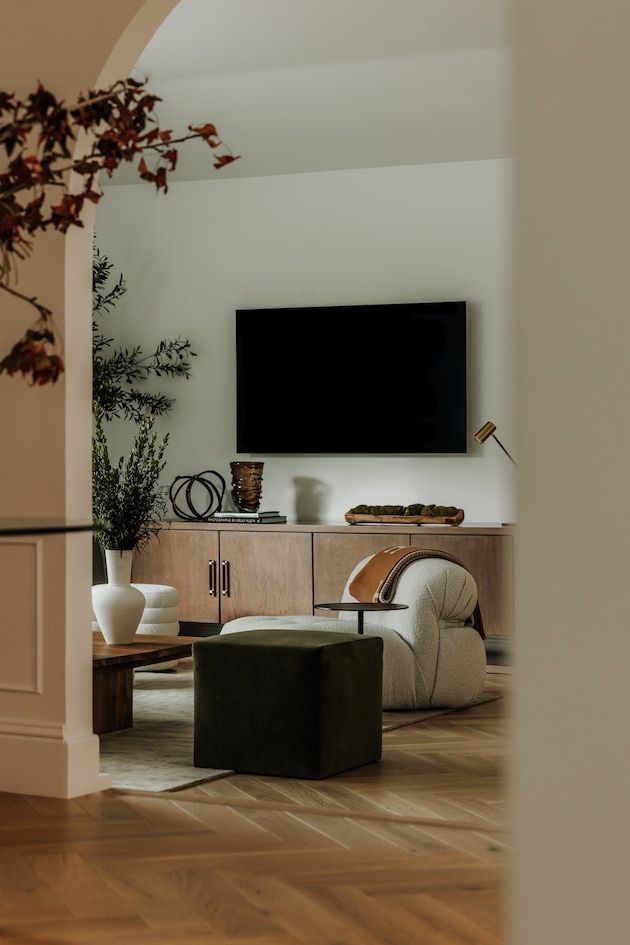

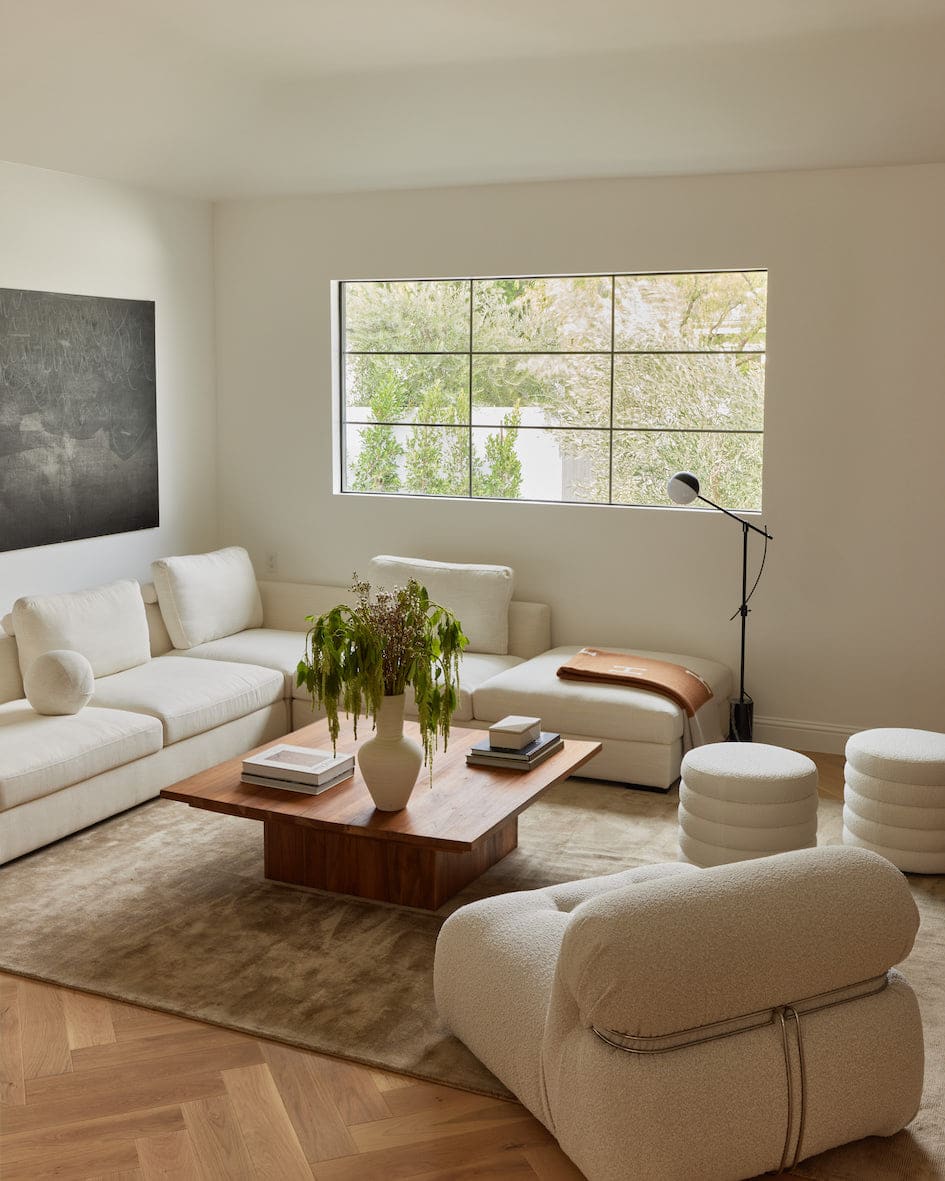

8. Do you have a mantra that encapsulates your taste in interior design?
“Curate the centuries, honor the classics, but dare to surprise.” This mantra reflects my passion for weaving together timeless elegance with unexpected delights. I believe in respecting the soul of traditional design while injecting modern energy. I believe in spaces that tell a story, where cherished antiques mingle with daring modern pieces, and Parisian flair meets Art Deco boldness.
9. You have amazing traction in your YouTube channel and are reaching thousands. Could you tell us about how YouTube influenced what you do and how it impacted you?
YouTube has been an incredible journey that’s transformed the way I approach design and connect with people. When I first started, I had no idea it would grow into what it is today. It’s been amazing to reach so many design enthusiasts and share my passion with them. The platform has pushed me to think differently about how I communicate my ideas, breaking down complex design concepts into bite-sized, visual pieces that anyone can understand and apply. This process has made me a better designer and educator.
What’s truly special is the community that’s grown around the channel. The comments, questions, and stories shared by viewers have opened my eyes to new perspectives and challenges in design. It’s like having a global team of collaborators and friends who inspire me daily. YouTube has given me the freedom to experiment, to share both successes and failures, and to be more authentic in my approach. It’s become an integral part of my creative process, not just about sharing what I know, but learning and growing together with this wonderful community. It’s truly humbling to see how a simple video can spark someone’s creativity or help them solve a design dilemma in their own home.
10. What advice would you give to beginner designers?
Don’t be afraid to start small and embrace your unique perspective. Design is about finding your voice, so experiment and take risks. Trust your instincts, but also be open to learning from everything and everyone around you. Every space, every object has a story to tell if you’re willing to listen.
Remember, great design isn’t just about making things look pretty. It’s about solving problems creatively and improving people’s lives. Be curious about your clients, their needs, and their dreams. Learn to balance aesthetics with functionality. And most importantly, never stop learning. The design world is always evolving, so stay hungry for new ideas, techniques, and inspirations. Whether it’s through books, travel, or simply observing your surroundings, keep feeding your creative spirit. Lastly, don’t get discouraged by setbacks. They’re part of the journey and often lead to your biggest breakthroughs. Stay passionate, stay persistent, and your unique design voice will shine through.
11. What are your 3 favorite pieces from the Philia Collection?
-
Stal Chair by Lucas Tyra Morten
€3,850Tryst Three Chandelier by Paul Matter
€7,920Slit Mirror by Phillip Jividen
€11,00012. Finally, what are your upcoming projects? Anything you’d like to share or add to the interview?
I’m in the process of flipping another magnificent home, and I’m collaborating with some amazing brands. I can’t reveal all the details just yet, but I promise it’s going to be something special. Stay tuned to my channel – I’ll be sharing updates as we progress.
On a larger scale, I’m thrilled to be working with MG Developers on an ultra-luxury project in Coral Gables. We’re creating a collection of 13 townhomes that will be the crown jewel of the “Biltmore Square” enclave. Named after George Merrick, the founder of Coral Gables. MG Developer acquired the last available parcel in this area late last year, and we’re aiming to break ground by the end of 2024. It’s going to be a landmark development, completing the master-planned Biltmore Square community. And because I can never sit still, I’ll also be tackling my own home again. It’s become a bit of a running joke how often I redesign my space, but what can I say? It’s my favorite canvas for trying out new ideas. I’m really looking forward to sharing all of these projects with you as they unfold.

